
| federn.org |

|
| Home | Feathers | Identification | News | Bibliography | Service | Help |
| Home > Identification | [ de ] [ fr ] [en] |
The knowledge of the structure of the feather is the base for distinguishing the different types of feathers.
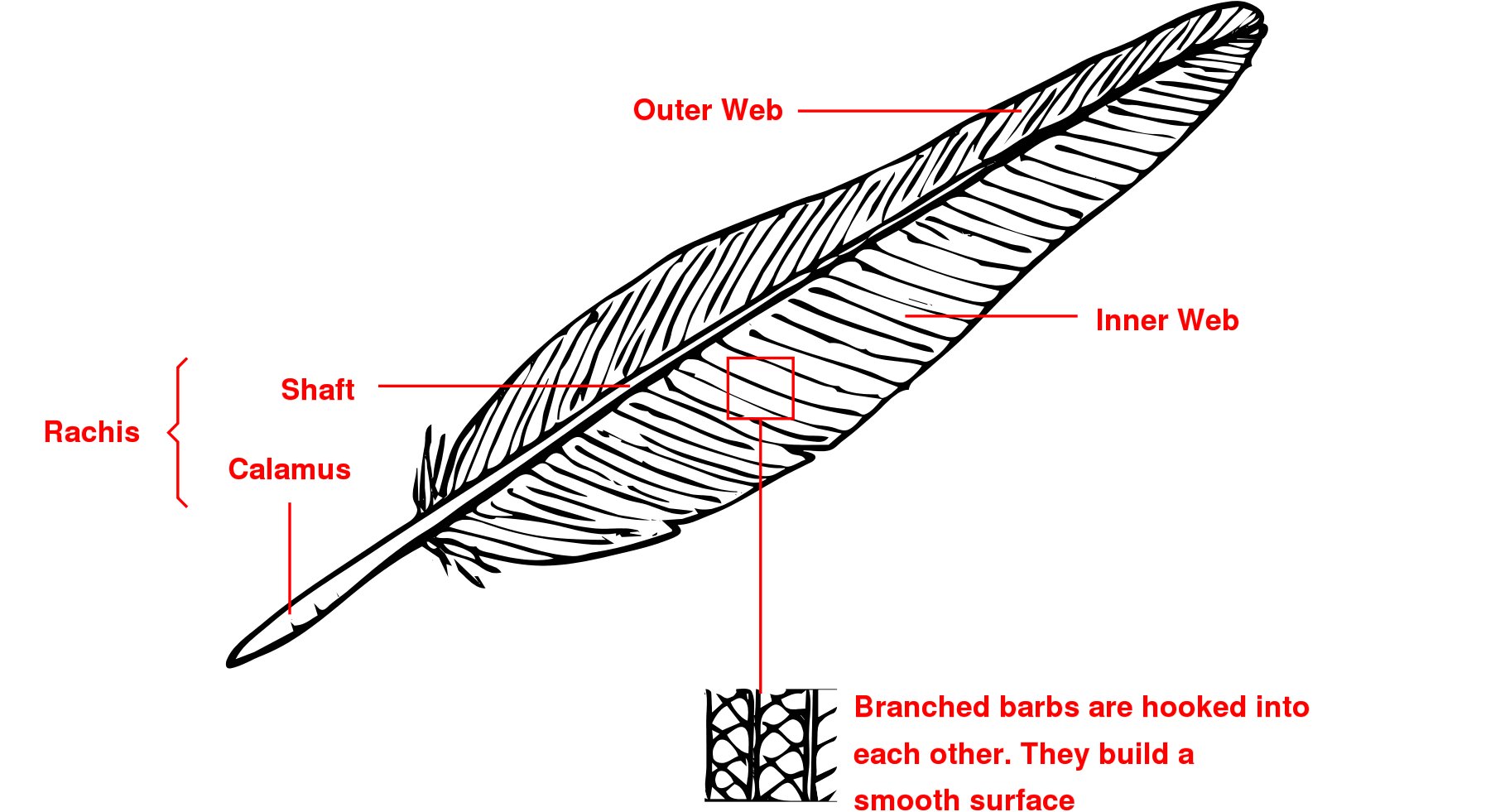
Literature, see[BFLL93]
Important feathers among the big plumage, their different shapes shown at the example of the Sparrowhawk
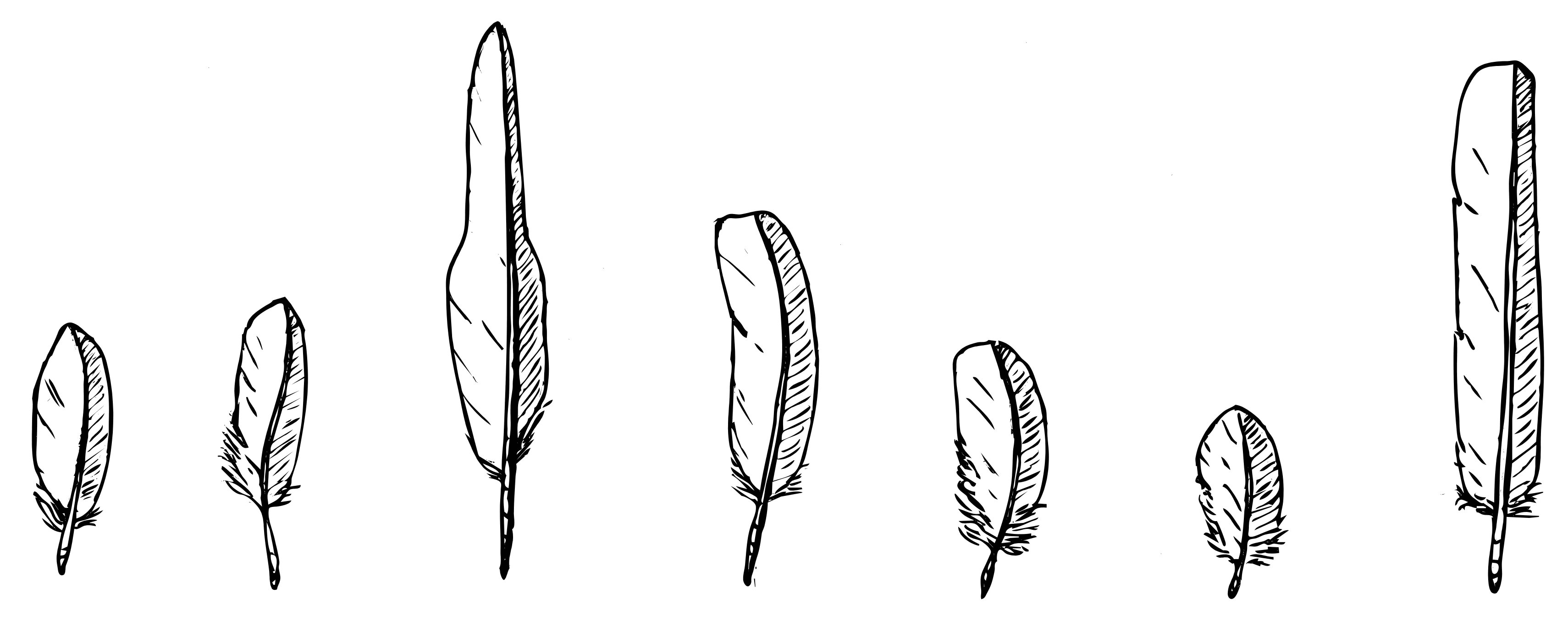
From left to right: alula, primary covert, primary (with an emergination of the inner and a notch of the outerweb), secondary, scapular, secondary covert, tail feather.
Different shapes of wings corresponding to their function and the position of the feather within the wing.

From left to right: long, narrow wing (Swift), pointed wing (Falcon), broad wing (Buzzard), big surface of the wing (Goose), round wing (Jay)
Literature, see [BFLL93], pages 102-104.
Different shapes of tails and the position of the feather within the tail. Compare the center and the edge of the tail.
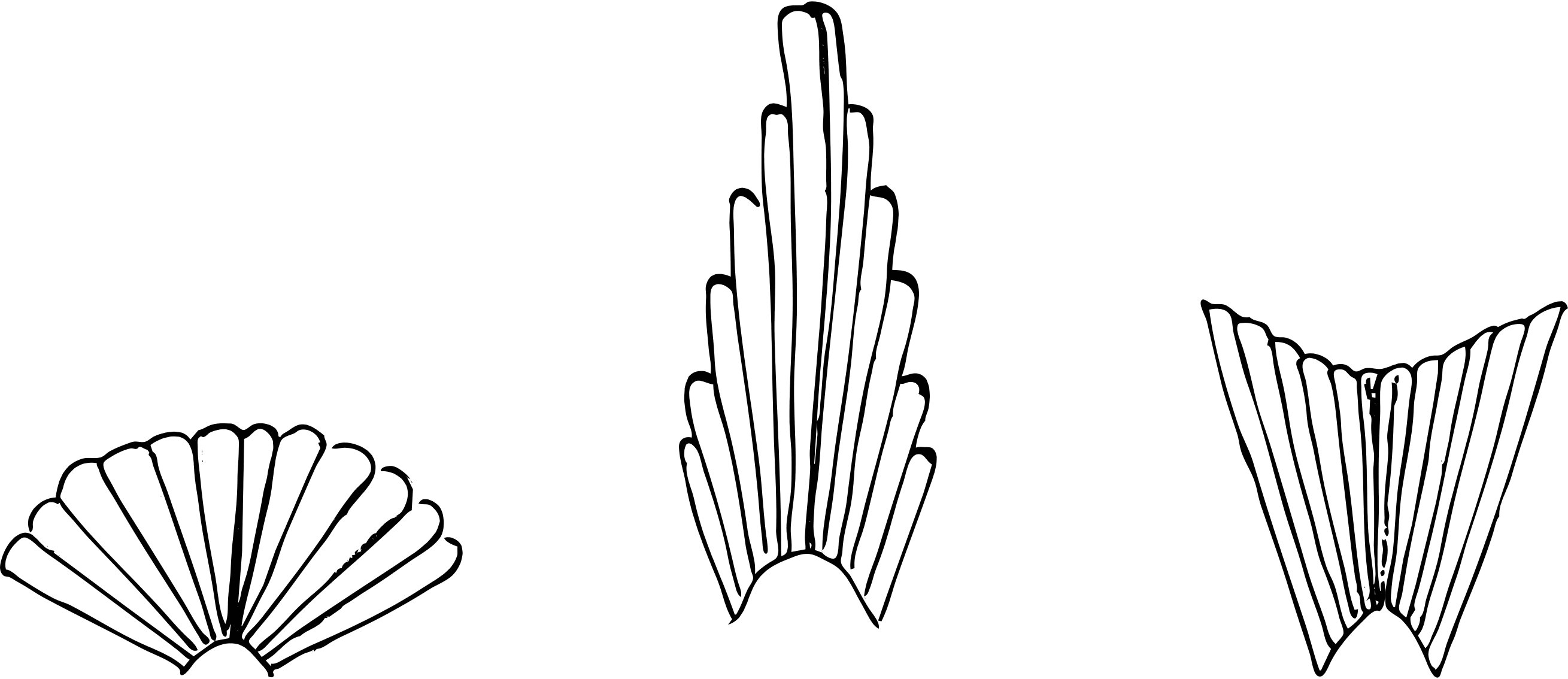
From right to left: forked [outer feathers long] (Kite), wedge-shaped [outer feathers short] (Magpie), round [all feathers about the same length] (Trush).
Colours, pattern, size of the feathers, matching the bird.
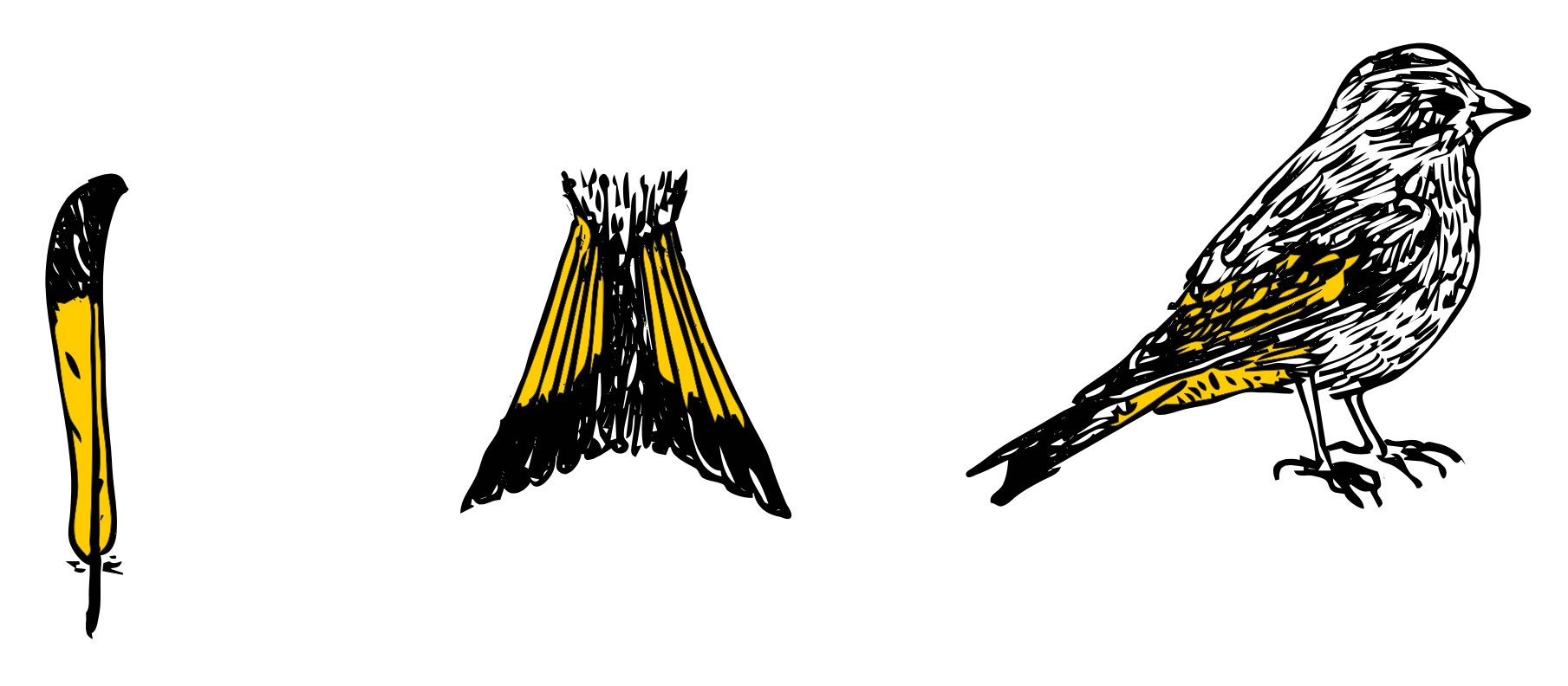
Yellow colour on the Greenfinch.
Place of the find in relation to the habitat of the
bird. Example: the feather lies in a park with high trees on
the outskirts of the city. Could it stem from the Great spotted Woodpecker?
Yes, it lives here.
Is it a feather from the moult? The
rachis of the moulting feathers is intact. Or is there a
pluck, a tear? Yes, when there are many feathers at the same
place.
Checking the rachis if they are cracked or
bitten. Martens, foxes tear their prey. Birds of prey like
falcons, goshawks, sparrowhawks beat and pluck the
birds. Which size are their victims?
Were they found in
an open field, in the forest, on a trunk?
Literature, see [BFLL93]
Special adaptions of feathers; look as well at the backside of the feather.
Adaption to the water:

Shiny (greasy) patch on the primary (backside) of the ducks.
Totally different dye of colour on the backside than on the frontside of the feather:
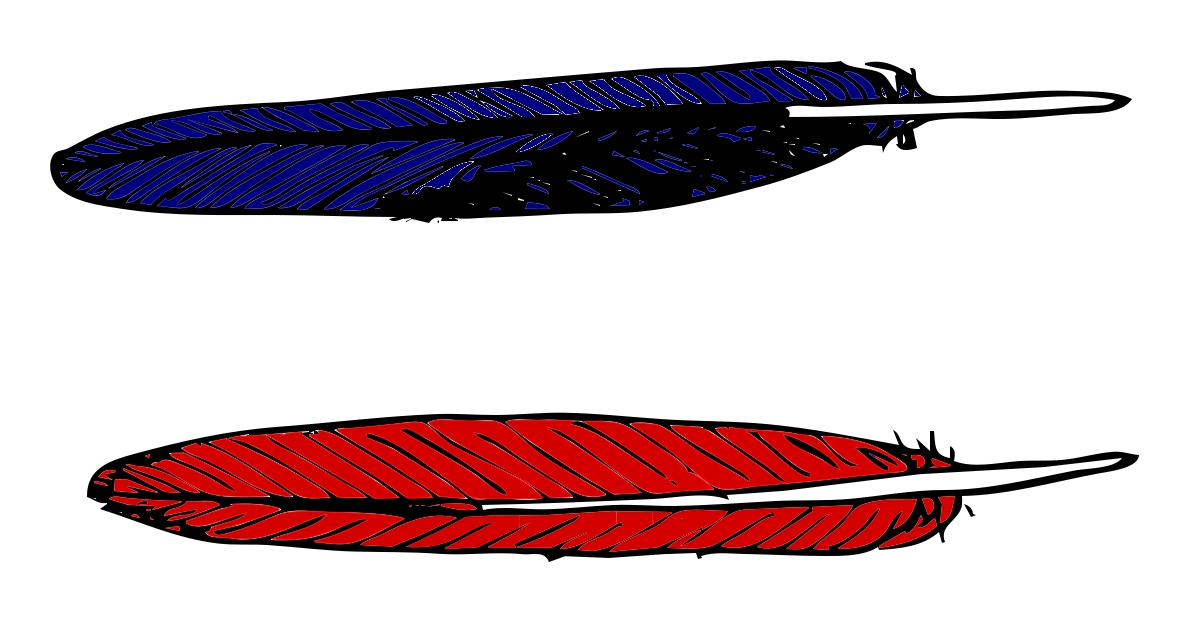
Big feathers from the Ara macao (parrot) have a blue frontside and a red backside.
For the soundless flight of the owls and nightjars. The surface of the feather is velvet-like and the edge is toothed:
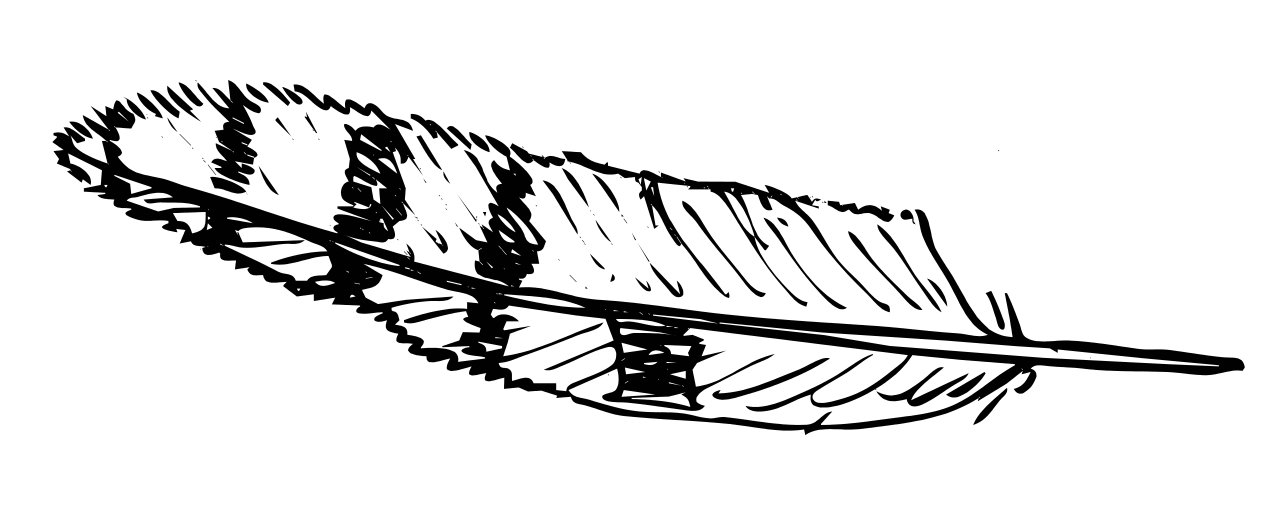
Primary of the Tawny owl(with toothed edge).
Stiff, wedge-shaped feathers of the woodpeckers to prop the tail:
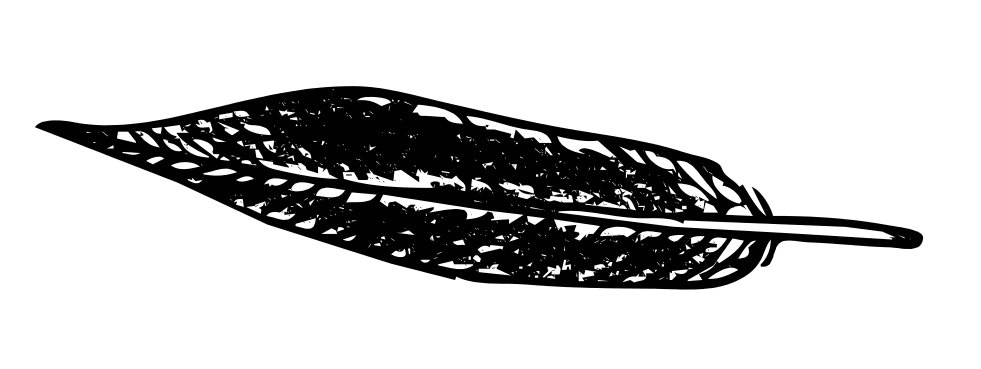
changing, shining colours, for example glossy starlings.
Particularities like different patterns, colouring of the
feather among the same species like the Common buzzard, that's
why he's called in French buse variable.
Adult
and immature plumage.
Difference between the
sexes (common!) for example Black grouse
Non breeding and
breeding plumage, as well ornamental feathers for example
ducks, weavers.
Used feathers look different than fresh ones: bleached colour, often shaggy (edges), white parts disappear first.
Literatur, see [BFLL93]

|
© 2004-2020
federn.org
All text is available under the terms of the GNU Free Documentation License ( GFDL ) |

|